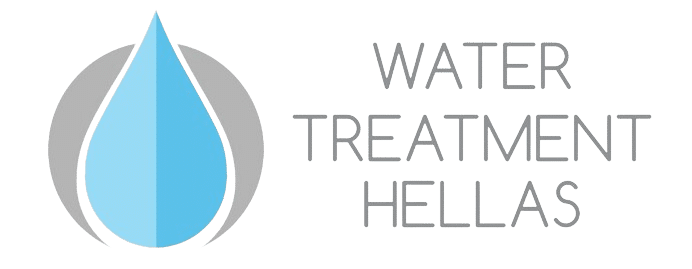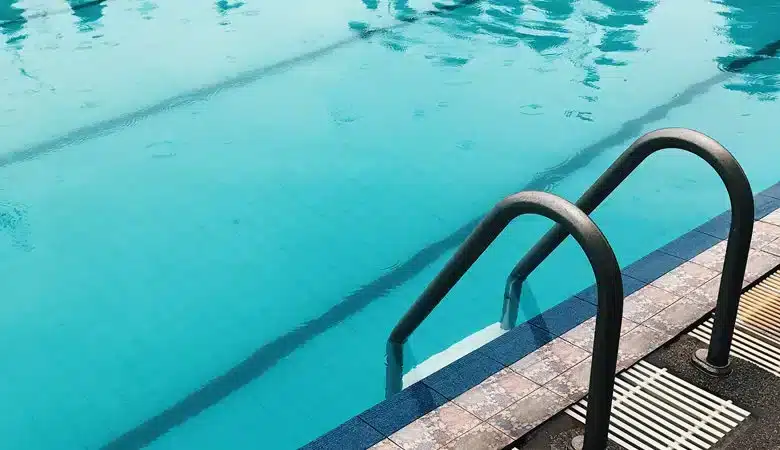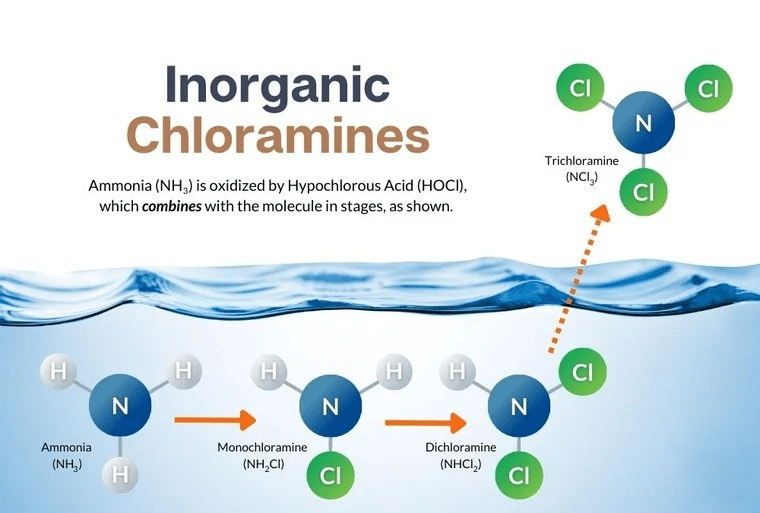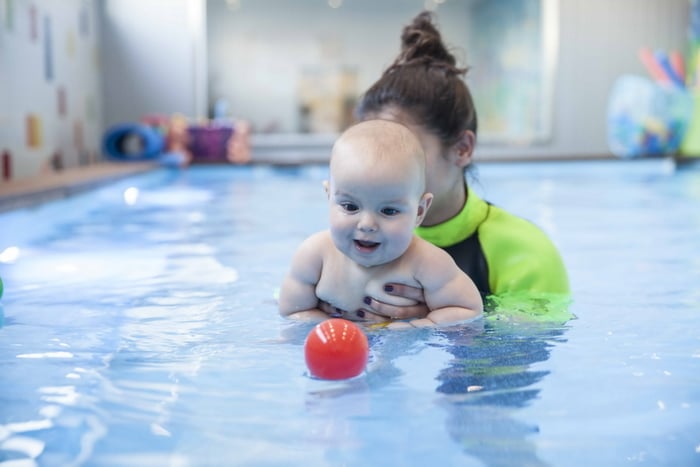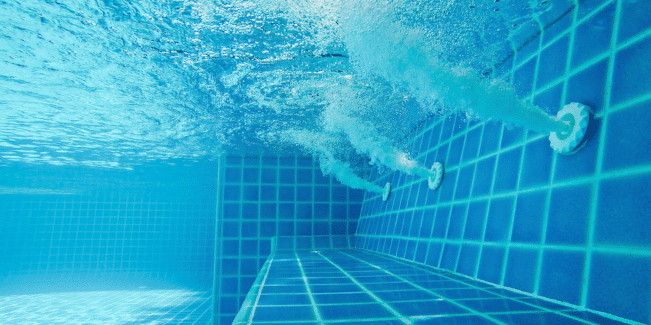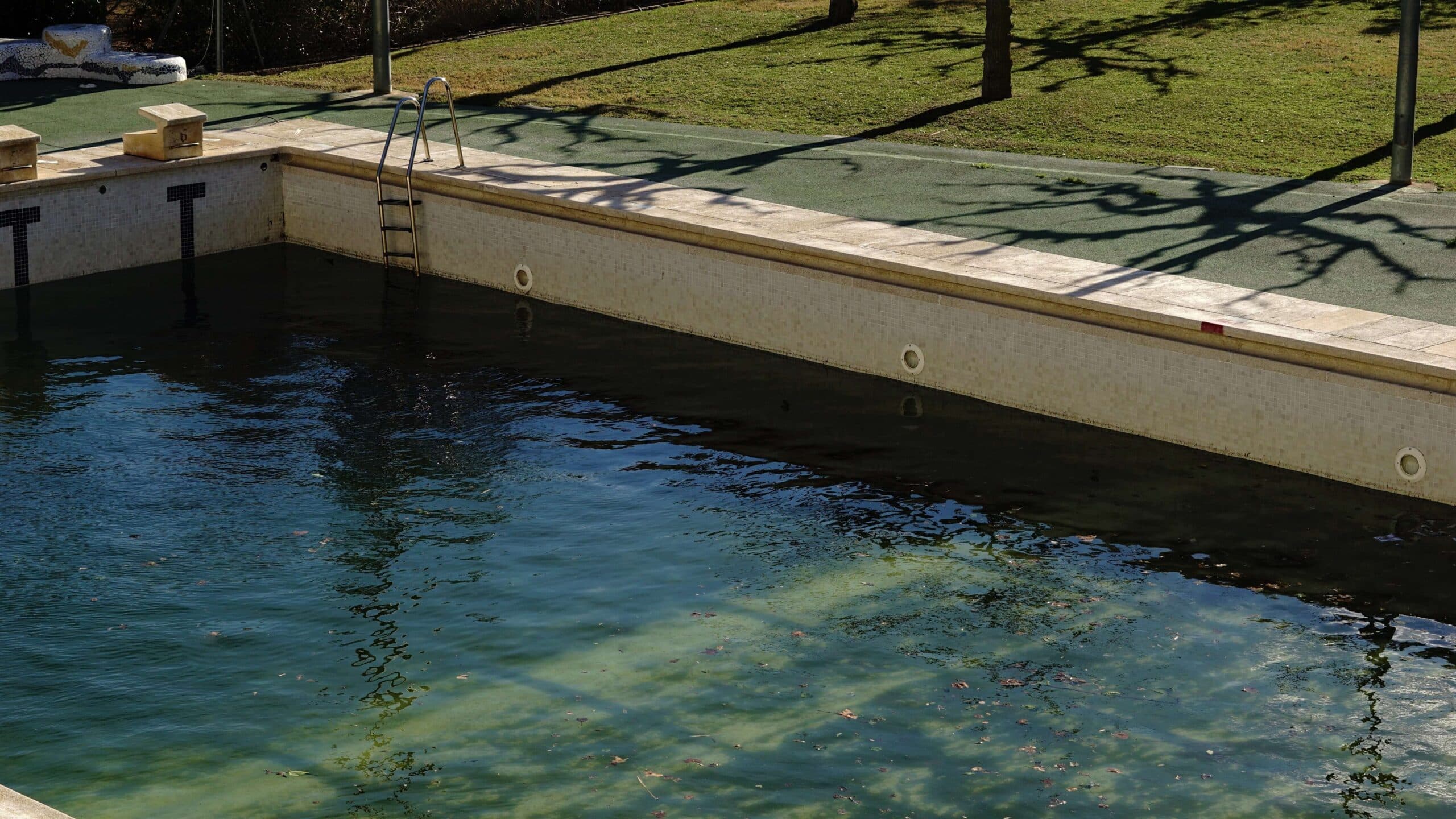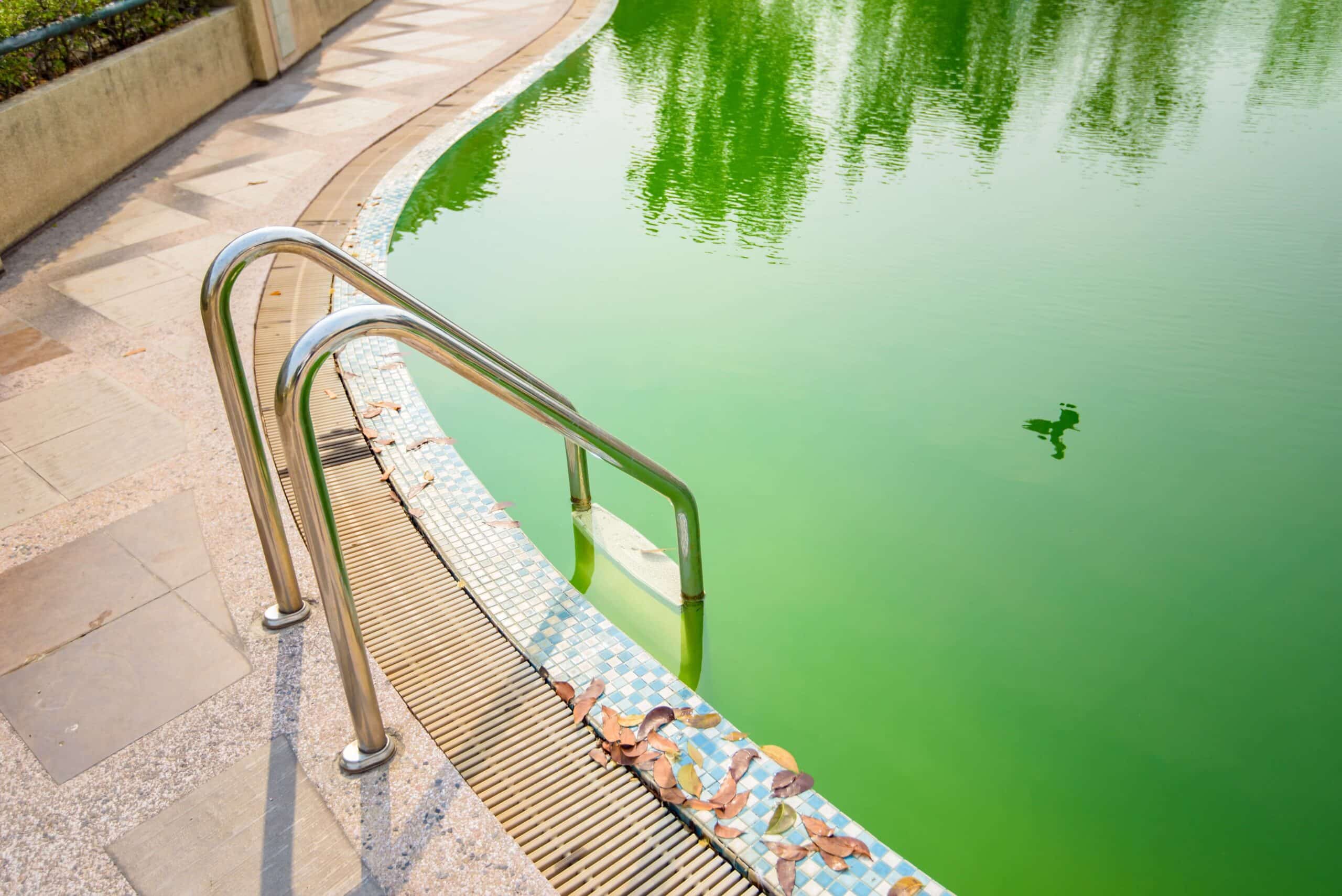What happens when the ph is not corrected?
Before you decide that the maintenance products used are not reliable read the following article, why the pH is not corrected even though you have added a large amount of the corresponding chemical.
The pH is one of the most important parameters that should be controlled in the pool water to make it as pleasant for bathers as it is for the pool’s mechanical equipment. The pH value according to the legislation should be between 7.2-8.2. When the pH rises, it negatively affects the action of the disinfectant in the pool, with the result that there is a risk of the growth of microorganisms, bacteria and algae. The appearance of the pool can become cloudy and the consumption of chemicals very high. In the opposite case, when the pH value is low, there may be problems of corrosion of the pool equipment (lights, stairs, spouts, etc.) and the sensation of the water may become annoying for bathers. For all the above reasons it is very important to understand that it is not enough just to measure it daily but also to correct it when necessary. The factors that can affect the pH inside a pool are mainly the chemicals we use, the weather conditions, the load of the pool (bathers, surrounding area, source of water origin) etc. All these factors are sure to be present during the season in a pool so it is very important that the pH can withstand these changes and not go up and down. This ability of the pH to resist the various external changes is directly dependent on the value of alkalinity in the water. Alkalinity is the basis for water to be chemically balanced. Depending on its value, it affects the pH value accordingly. The ideal alkalinity values in a pool that uses chemicals to disinfect the water are from 80ppm-140ppm while for a pool with a salt electrolysis disinfection system the values are from 60ppm-90ppm. So when the alkalinity is out of bounds the ph will follow the corresponding path. What most people would do in such a case is to correct the pH value with the corresponding chemical. What you will find, however, is that by adding the correct dosage, depending on the cubic capacity of your pool, that the ph is not corrected as expected. or that it is very unstable and changes very easily with any change (weather phenomena, number of swimmers, high temperatures, etc.). The solution to this problem is to make the necessary measurements and not only of chlorine and pH, but definitely also of alkalinity (See here photometer and films). From the measurements you will see that the alkalinity is not within the desired range. After measuring the alkalinity, we should proceed to correct it with the corresponding product that will bring it back within the ideal value range.
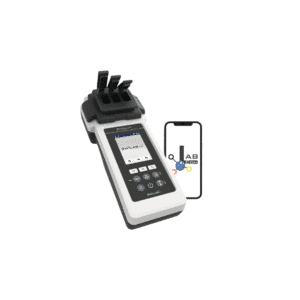
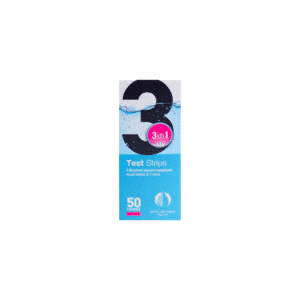
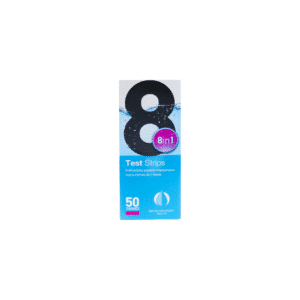
In the event that the alkalinity is at low levels (˂ 80 ppm) then we should increase it using the alkalinity plus product at a dosage of 20gr/m3 for the 10 ppm increase. This product is in powder form and before pouring solid chemicals into the pool, we should always dissolve them in a clean bucket of water and then introduce them around the perimeter of it. It is important when we calculate the required dose not to pour it all directly into the water because it will cause a very sudden change in pH but to divide it into doses with intervals of 4-5 hours.
In the case where the alkalinity is at high levels (˃ 140 ppm) we should reduce it using the product alkalinity minus in a dosage of 20 mL /m3 for the reduction of 10 ppm. The product is in liquid form and needs to be handled with care. It is important when we calculate the required dose not to pour it all directly into the water because it will cause a very sudden change in pH but to divide it into doses with intervals of 4-5 hours
Next time you’re trying to correct the pH and it’s not happening, just measure the alkalinity.
